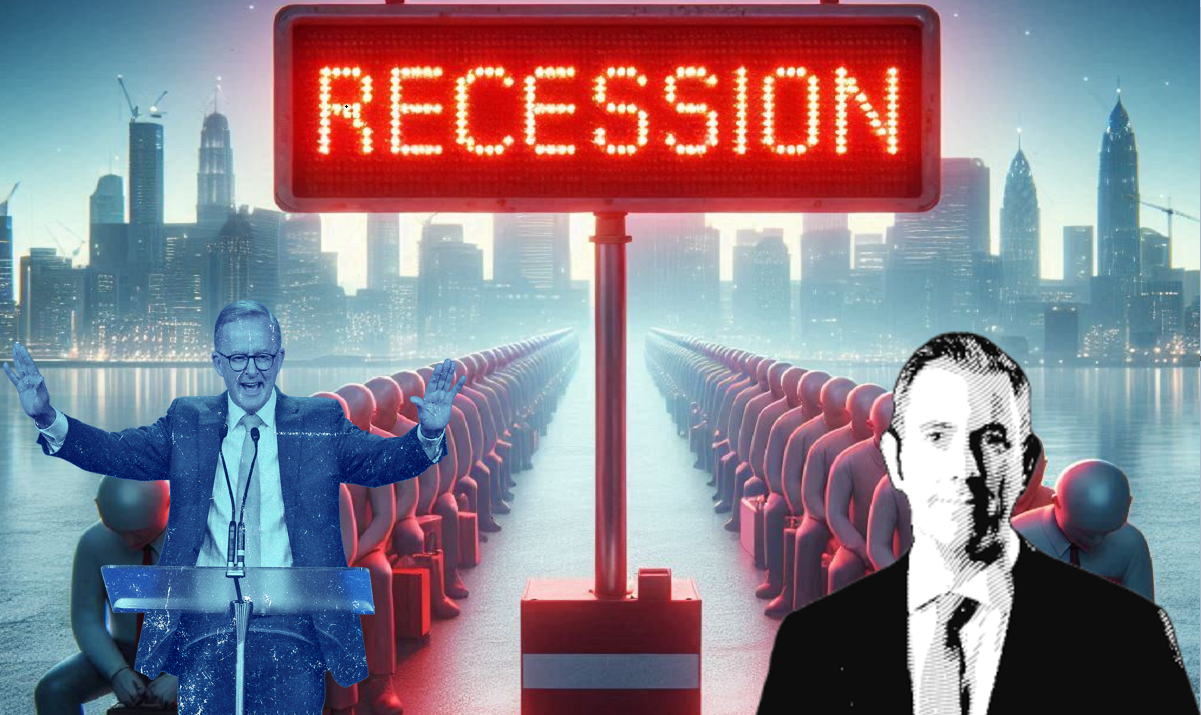Job mobility falls for first time in three years

- by Admin
- July 10, 2024
In short:
The ABS has recorded a decrease in job mobility for the first time in three years.
It also found more people are finding it difficult to secure work this year than previous years.
What’s next?
Peak employment advocacy organisation Anglicare Australia said more people wanted to stay in their jobs amid the cost of living crisis, but it called for the creation of more entry-level jobs to help people find work.
Fewer Australians are leaving their jobs or starting new ones than since before the pandemic, data from the Australian Bureau of statistics (ABS) has found.
In the 12 months to February 2024, up to 8 per cent of employed people, or 1.1 million people, changed their employer or business, down from 9.5 per cent last year.
The job mobility rate over the past year was slightly higher for women at 8.2 per cent, compared with men at 7.9 per cent.
It had been higher for men for most of the past decade.
Sales workers had the highest mobility rate, with 9.7 per cent of them changing jobs, closely followed by community and personal service workers at 9.6 per cent.
Job mobility rates fell in most industries, but there were large falls in arts and recreation services, with a 5.4 per cent drop.
More than 1 million employed people changed their job or business in the 12 months to February 2024, about 8 per cent of the labour workforce.
“This was down 1.5 percentage points from 9.6 per cent in February 2023 and back to around what we typically saw during the five years leading up to the COVID-19 pandemic,” Bjorn Jarvis, ABS head of labour statistics, said.
Maiy Azize, Australia’s deputy director of peak employment advocacy organisation Anglicare, said the numbers were not surprising given interest rates and living costs had risen.
The current official cash rate as determined by the Reserve Bank of Australia (RBA) is 4.35 per cent, and there are predictions of an interest rate increase to 4.6 per cent at the next RBA board meeting in August.
“People are tightening their belts a bit more. If you’ve got a good job, you’re probably less likely to want to move around,” Ms Azize told the ABC.
Gen Z more likely to leave job than other generations
Younger workers move around more than older workers, with 12.6 per cent of 15 to 24-year-olds changing jobs.
Up to 5.3 per cent of workers aged 45 to 64 years changed jobs and only 1.7 per cent of those aged 65 years and over.
But youth job mobility was 15.9 per cent lower than in 2022 during the pandemic, and well below rates of more than 20 per cent 20 years ago.
“Falls in job mobility over the past year were seen across all age groups, though they remained slightly higher than pre-pandemic levels in the older age groups,” Mr Jarvis said.
Ms Azize said how Australians were working had changed, with more people taking on more than one job.
She said this was partly because of flexible work and working-from-home options.
“[This] tells you something, again about the cost-of-living crunch but it also tells you something about how much more flexible the job market is becoming,” she said.
Unemployed struggle to find work more than before
Unemployed Australians struggled to find work more frequently in the year to February 2024 than in the same period last year, the ABS data found.
Up to 1.9 million Australians wanted to work but were not employed in 2024 — an increase from 1.8 million last year.
Up to 82 per cent of those people said they had difficulty finding work because there were “too many applicants for available jobs”.
Other reasons cited were insufficient work experience and ill health or disability.
While the percentage of people having difficulty changed from the last year, the main reason they could not find work did.
In February 2023, the main reason people said they could not find work was “own ill health or disability”, which was only cited by 10.6 per cent of those looking for work in 2024.
“More people reported difficulties related to labour market conditions in February 2024, compared with February 2023, when the labour market was particularly tight,” Mr Jarvis said.
Anglicare Australia said people who had not been able to find jobs in Australia had often been looking for entry-level jobs.
“They aren’t qualified to do other things necessarily, and they’re competing with more and more people or a smaller number of those jobs,” Ms Azize said.
Entry-level jobs were becoming less common, she added.
According to Anglicare Australia’s jobs availability snapshot report, entry-level jobs represent a smaller share of the job market.
“15 years ago, about one in four vacancies was an entry-level job, and now it’s one in 10,” it said.
Ongoing underemployment issues
But many Australians have worked part-time hours despite wanting to work full time, ABS data has found.
Almost half, 49 per cent, of the underemployed part-time workers in 2024 preferred to work full-time hours.
Of the 14.5 million employed people in May 2024, it found 1.7 million were underemployed and 889,800 part-time workers were underemployed.
There were 671,100 underemployed full-time workers and just over 1 million underemployed part-time workers.
Of the underemployed full-time workers, 119,700 had their hours reduced and 586,800 would have preferred more hours.
Among underemployed part-time workers, 208,300 had their hours reduced, and 906,100 preferred more hours.
Ms Azize said underemployment had been an issue for a long time.
“It’s not surprising that those numbers go up at times when you have these big living-cost pressures because people need more hours just to be able to keep up,” she said.
She said job creation at the entry-level position was important.
“What we really need is to stop assuming that every person can compete for every job, and start creating those jobs at the entry level that we know that people who have been out of work long term really need and want.”
The Latest News
-
December 23, 2024Here’s why Golf Twitter lost its damn mind over Team Langer’s PNC victory – Australian Golf Digest
-
December 23, 2024From smaller homes to screen time, backyard cricket is facing challenges in modern Australia
-
December 23, 2024This quiet Canadian will make you love YouTube golf again – Australian Golf Digest
-
December 23, 2024Guide Helps Australian Workers Expose Tech Wrongdoings
-
December 23, 2024PPHG achieves GSTC multi-site certification for all its Australian properties – Travel And Tour World





